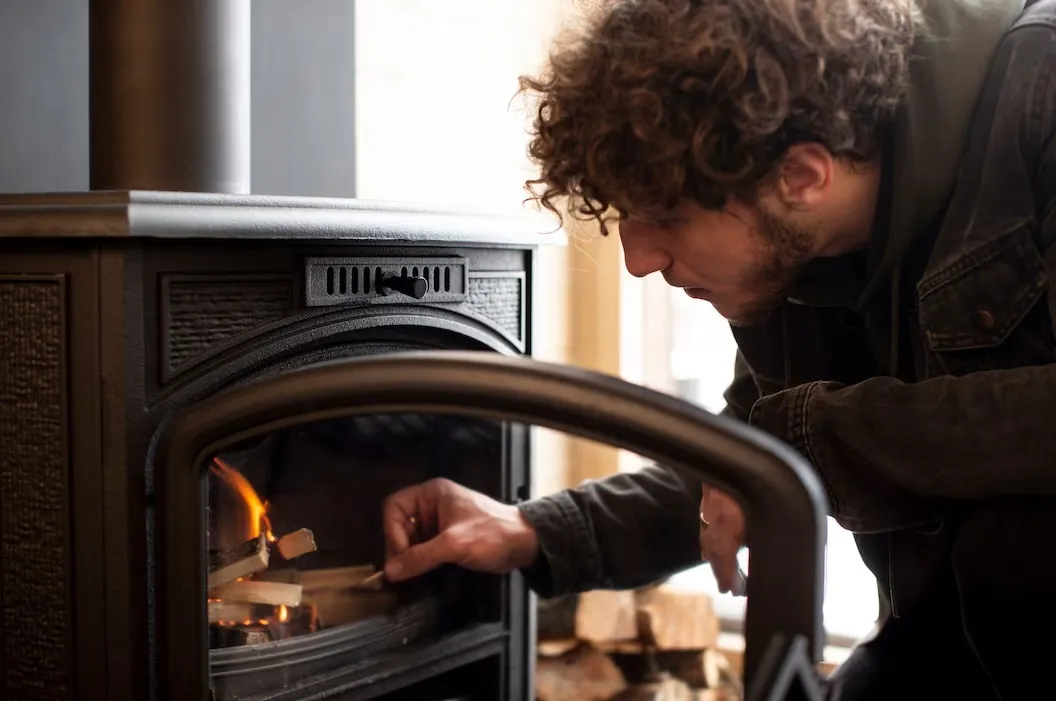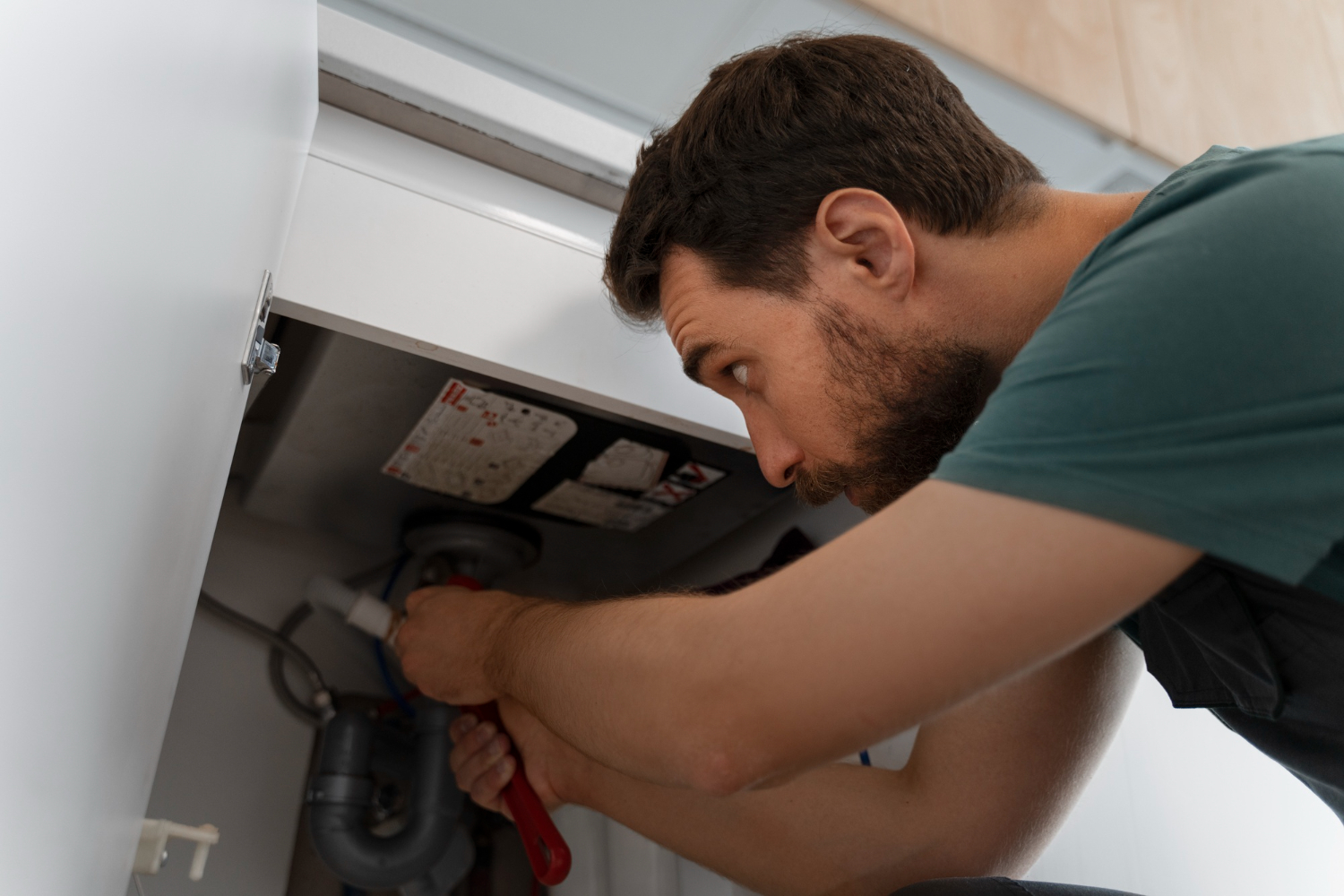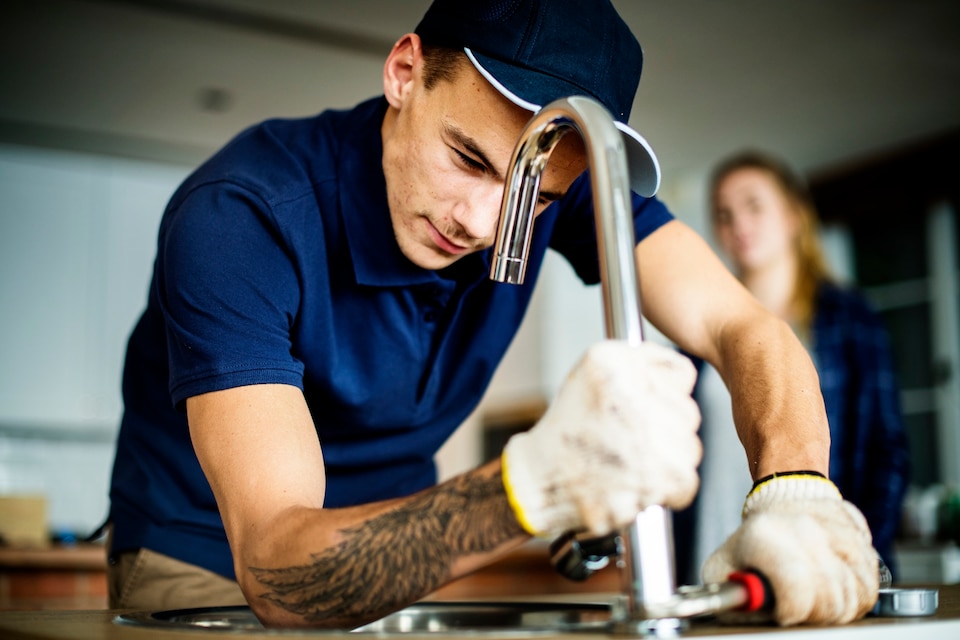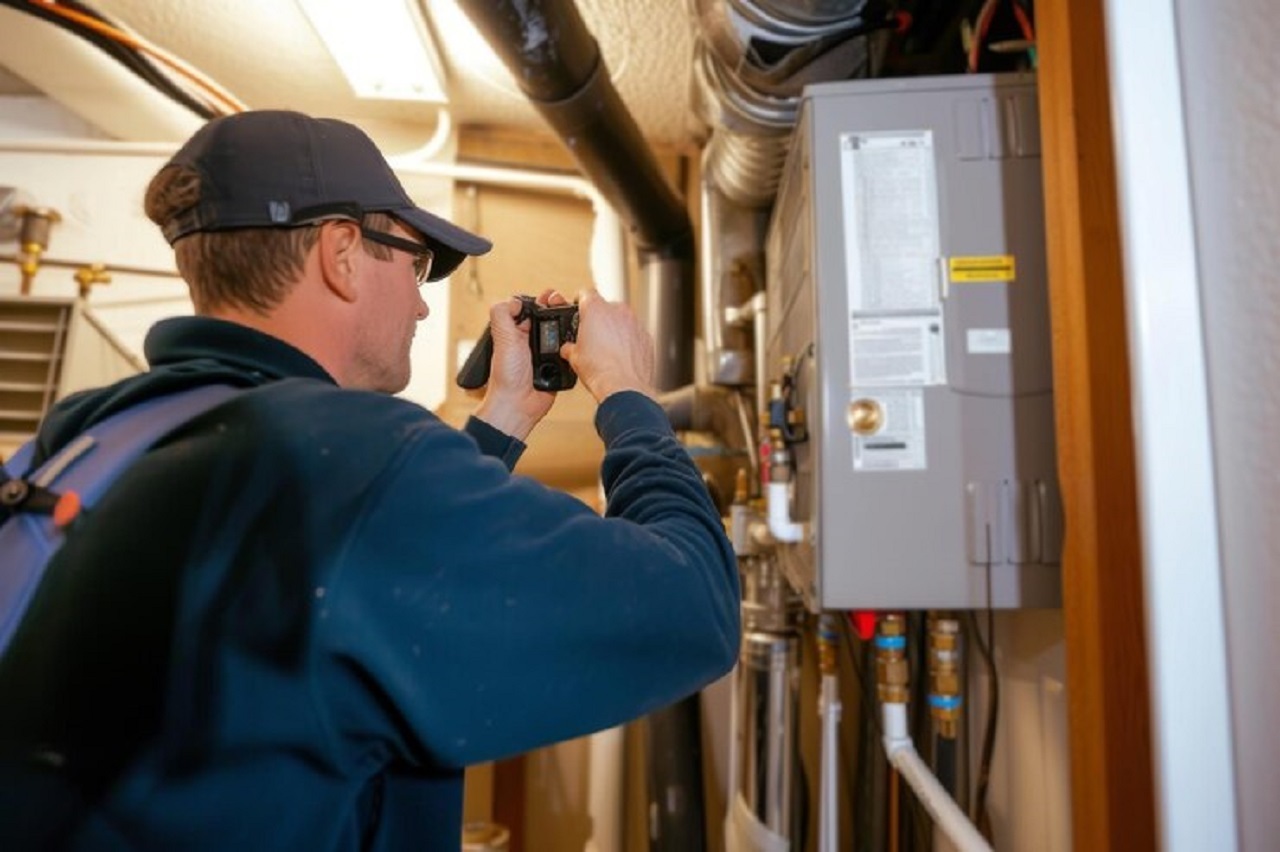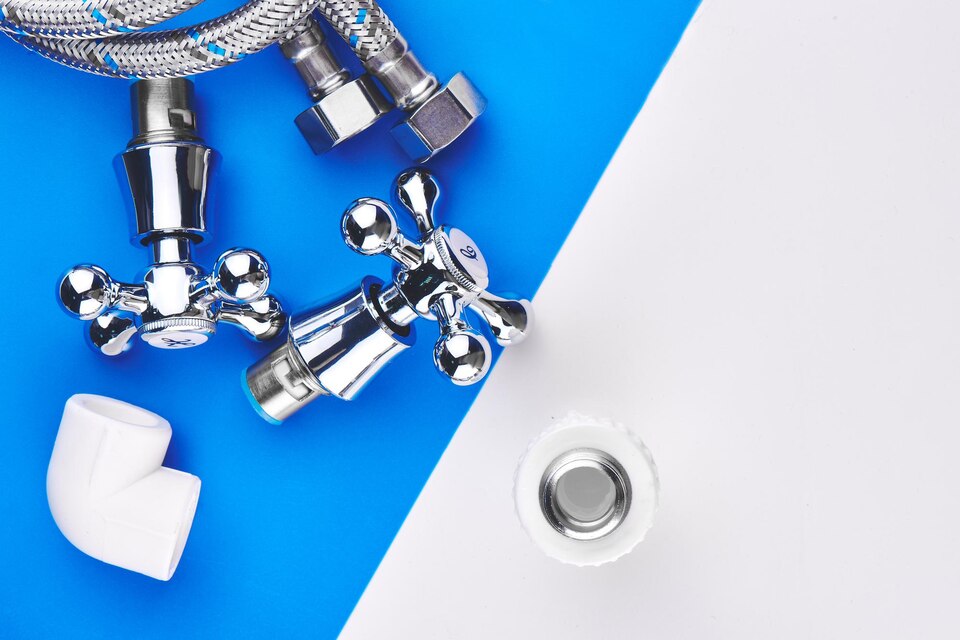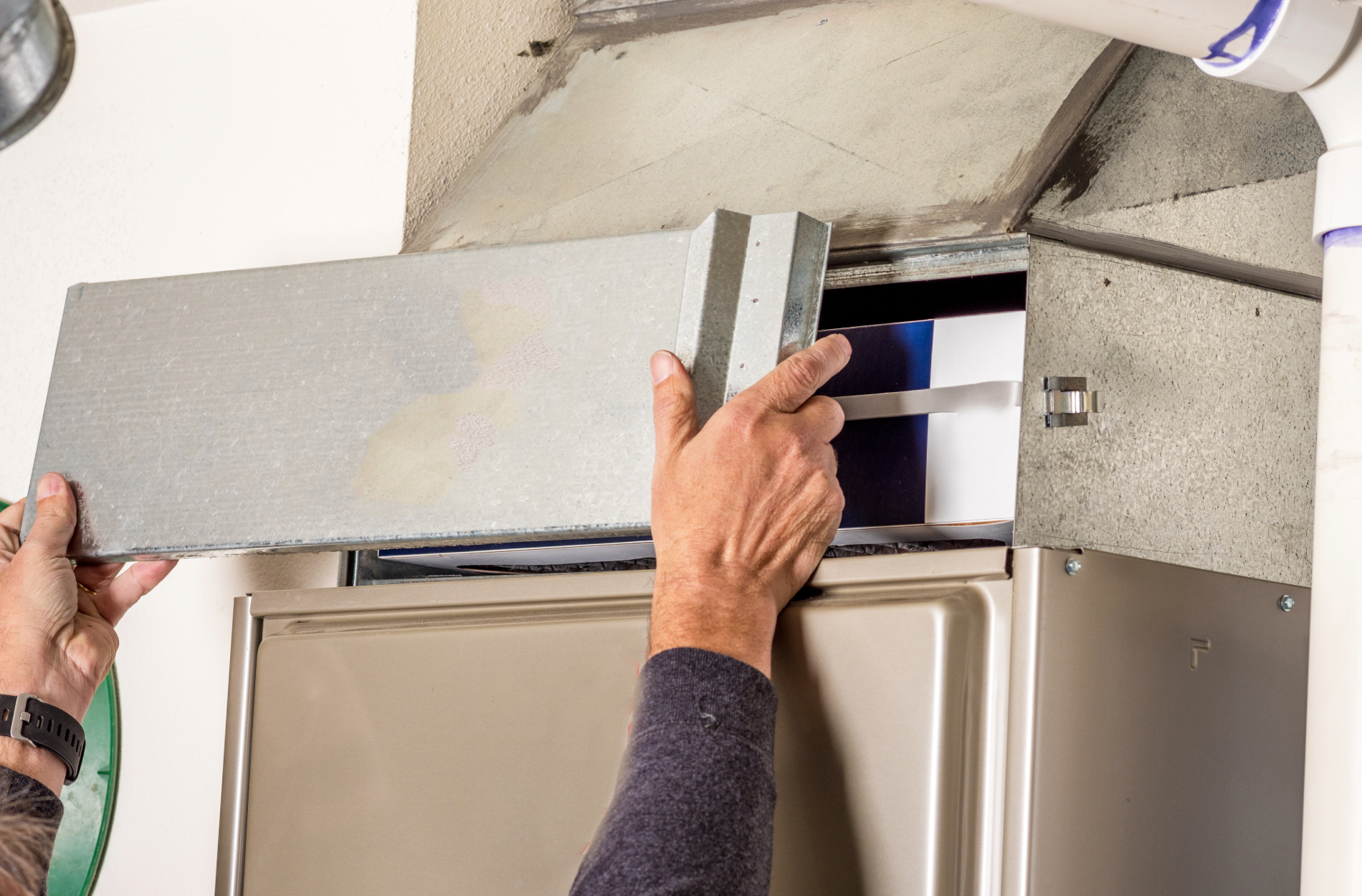Installing a furnace is a critical task that influences the comfort and safety of your home. Whether you’re upgrading an old system or setting up a new one, the installation process needs to be precise and thorough. Mistakes during installation can lead to inefficient heating, increased energy costs, and even safety hazards.
Furnace installation requires a deep understanding of your home’s heating needs, correct sizing, proper ventilation, and reliable connections to gas and electrical lines. These elements must be meticulously handled to ensure a well-functioning heating system. Skipping even one step or rushing through the process can result in long-term problems that affect both your wallet and your well-being.
Attempting a DIY installation may seem like a cost-saving measure, but it often leads to complications that professional services can easily avoid. Our professionals are equipped with the knowledge and tools necessary to complete the task correctly the first time. Understanding the importance of each step in the installation process helps you appreciate the care and expertise required for a job well done.
Understanding Furnace Installation
Furnace installation involves setting up a system that provides efficient heating throughout your home. This process includes several stages, such as selecting the right type, ensuring proper placement, and making secure connections.
The first part of the installation is choosing the right furnace for your home. You must consider the size, type, and fuel source that best suits your heating needs. Next, precise measurements ensure the system fits well in its designated space. Any miscalculations here can lead to inefficient heating or complications later on.
After placement, connecting the furnace to your home’s ductwork, gas, and electrical lines comes next. Proper connections are crucial for safety and efficiency. Professionals also need to ensure that the system is calibrated and tested to verify everything is working correctly. A thorough understanding of these steps ensures a successful furnace installation, providing reliable heating for years to come.
Importance of Professional Installation
Professional installation is essential for the safety and efficiency of your furnace. Our professionals have the training and tools needed to handle the complexities of furnace installation. Attempting a DIY installation can lead to mistakes that could compromise your system’s performance and your home’s safety.
One key reason for professional installation is the technical knowledge required. Our technicians know which components fit your home’s specific requirements and how to install them correctly.
Safety is another crucial consideration. Furnaces involve gas and electrical connections, both of which pose risks if not handled properly. Our professionals follow all safety protocols, ensuring that installations are secure and meet local building codes. Investing in professional installation helps you avoid costly repairs or safety issues down the line.
Common Furnace Installation Mistakes
Several common mistakes can occur during furnace installation, leading to long-term issues. Avoiding these mistakes is critical for ensuring your system works efficiently.
- Incorrect Sizing: Installing a furnace that is too large or too small affects its efficiency. A unit that’s too big will cycle on and off frequently, while a unit too small will struggle to heat your home effectively.
- Poor Ventilation: Inadequate ventilation can lead to dangerous gas buildup and poor indoor air quality. Ensuring proper vent placement is crucial.
- Improper Ductwork: Faulty or leaky ducts can result in heat loss, making your system work harder. This can cause uneven heating and higher energy costs.
- Neglecting Safety Measures: Failing to secure gas and electrical lines properly can lead to leaks or electrical issues, posing serious safety risks.
- Skipping Calibration: An uncalibrated system won’t perform optimally. Calibration ensures your thermostat and system are in sync.
Recognizing these common errors helps ensure a smooth and safe furnace installation process.
Choosing the Right Size Furnace
Selecting the right size furnace is pivotal for efficient heating. An improperly sized unit can lead to various problems, including uneven heating and higher energy costs. Understanding the right size involves several considerations.
- Home Size: The square footage of your home is a primary factor. Larger spaces require more powerful units to maintain comfortable temperatures.
- Insulation Levels: Well-insulated homes retain heat better, reducing the demand on the furnace. Homes with poor insulation will need a more powerful system to compensate.
- Climate: Your local climate affects your heating needs. Colder regions generally need more robust furnaces than milder areas.
- Ductwork: The condition and design of your ductwork can affect the furnace size you need. Efficient duct systems distribute heat evenly, allowing for a smaller furnace.
A professional assessment can accurately determine the correct furnace size for your home, ensuring efficient and consistent heating. This step is vital for maximizing both comfort and energy savings.
Proper Ventilation and Ductwork
Proper ventilation and ductwork are crucial for maintaining a safe and efficient furnace system. Without adequate ventilation, dangerous gases like carbon monoxide can accumulate, posing a significant health risk. Similarly, well-designed ductwork ensures even heat distribution, maintaining comfort throughout your home.
- Ventilation Basics: Proper ventilation involves both intake and exhaust systems. The intake system brings in fresh air, while the exhaust system expels combustion gases safely. Both need to be correctly sized and positioned to ensure safety.
- Ductwork Design: The design of your duct system plays a major role in your furnace’s efficiency. Leaky or poorly designed ducts can lead to significant heat loss. Sealed and insulated ducts help maintain consistent airflow and temperature.
- Regular Checks: Periodic inspections of your ventilation and duct systems are essential. Our professionals can check for blockages, leaks, and other issues that might compromise your system’s efficiency and safety.
Proper ventilation and ductwork not only enhance safety but also improve your furnace’s overall performance, ensuring your home stays warm and comfortable.
Importance of a Solid Base and Secure Mounting
A solid base and secure mounting are essential for the stability and longevity of your furnace. Proper support prevents vibrations and noise, which can otherwise lead to wear and tear or system failure over time.
- Solid Base Requirements: The base for your furnace should be flat, level, and made of non-combustible material. A concrete slab or a specialized furnace pad works well. This foundation supports the weight of the furnace and ensures even distribution.
- Secure Mounting: Secure mounting binds the furnace to the base, preventing movement or tipping. Our professionals use specialized brackets and fasteners to secure the unit firmly. This step reduces noise and vibrations, enhancing the system’s lifespan.
- Inspection and Maintenance: Regular inspections ensure that the base remains solid and the mounting secure. Over time, settling or shifting can occur, so periodic checks and adjustments are necessary.
By focusing on a solid base and secure mounting, you can avoid many common issues that affect furnace performance and durability, ensuring a reliable heating system.
Electrical and Gas Line Safety
Handling electrical and gas lines safely is one of the most critical aspects of furnace installation. Poor connections can result in dangerous situations, including gas leaks and electrical fires. Ensuring safety in these areas protects your home and its occupants.
- Proper Connections: Our professionals ensure that all electrical and gas connections meet safety standards. This includes correctly sizing the gas lines and wiring the electrical components according to the manufacturer’s specifications.
- Leak Testing: Gas lines must be tested for leaks before the furnace is operational. Our professionals use pressure tests and leak detection solutions to confirm secure connections.
- Electrical Safety: Electrical connections must be made in compliance with local codes. Proper grounding and circuit protection are essential to prevent electrical failures.
- Regular Inspections: Both gas and electrical connections should be inspected regularly. Regular maintenance checks can identify potential problems before they escalate.
Ensuring electrical and gas line safety is non-negotiable, providing peace of mind and a safe, efficient heating system for your home.
Ensuring Proper Airflow
Proper airflow is vital for the efficiency and effectiveness of your furnace. Restricted airflow can lead to uneven heating, increased energy usage, and undue strain on the system. Ensuring proper airflow involves several key actions.
- Filter Maintenance: Clean air filters are essential for maintaining proper airflow. Dirty filters can restrict air movement, causing the furnace to work harder. Regular filter changes are a simple yet effective way to enhance airflow.
- Duct Inspection: Leaky or clogged ducts can hinder airflow. Our professionals inspect ducts for blockages and leaks, ensuring they are sealed and clear for optimal performance.
- Vent Placement: Proper vent placement helps distribute heat evenly throughout your home. Blocked or poorly placed vents can result in cold spots and uneven heating. Ensuring vents are unobstructed improves airflow and comfort.
By focusing on these areas, you can maintain proper airflow, ensuring your furnace operates efficiently and provides consistent heating.
Calibration and System Testing
Calibration and system testing are crucial steps in furnace installation. These processes ensure your furnace operates efficiently and safely. Without proper calibration and testing, your furnace may not perform optimally.
- Thermostat Calibration: Our professionals will calibrate your thermostat to ensure it accurately reads and maintains your desired temperature. This avoids unnecessary energy consumption.
- System Balancing: We balance your HVAC system to ensure even heat distribution throughout your home. This involves adjusting airflow at each vent and inspecting dampers in the ductwork.
- Safety Checks: Comprehensive safety checks, including testing for gas leaks and carbon monoxide emissions, ensure your new furnace operates safely.
Ensuring these steps are performed during installation guarantees your furnace runs efficiently and securely, providing reliable comfort for your home.
Importance of Manufacturer Guidelines
Adhering to manufacturer guidelines during furnace installation is essential to maintain warranties and ensure proper operation. Ignoring these guidelines can lead to system failures and voided warranties.
- Specific Installation Instructions: Each furnace model comes with specific installation instructions. Following these ensures your unit is installed correctly and functions as intended.
- Warranty Requirements: Many manufacturers require that installations follow their guidelines to maintain the warranty. This protects you from costly repairs or replacements if issues arise.
- Optimal Performance: Manufacturer guidelines are designed to ensure the furnace works at its peak efficiency. Proper installation according to these guidelines helps achieve the best performance and longevity.
Following the manufacturer’s guidelines during installation ensures your furnace runs smoothly and efficiently while keeping the warranty intact.
Post-Installation Maintenance Tips
After installing your furnace, ongoing maintenance is vital to ensure it remains in top condition. Here are some maintenance tips to follow:
- Regular Filter Changes: Replace or clean filters every 1-3 months. This maintains good airflow and prevents dust buildup, ensuring efficient operation.
- Annual Inspections: Schedule yearly inspections with our professionals to catch potential issues early and maintain system efficiency.
- Thermostat Checks: Ensure your thermostat is functioning correctly and set to the optimal temperature. Consider upgrading to a programmable thermostat for better control.
These simple maintenance practices help keep your furnace in excellent condition, enhancing its longevity and performance.
When to Call Our Professionals for Furnace-Related Issues?
Knowing when to call in our professionals for furnace-related issues is crucial for maintaining your system’s performance and safety. Here are some instances when you should contact us:
- Strange Noises: Unusual sounds, like banging or hissing, usually indicate underlying issues that need professional attention.
- Uneven Heating: If some areas of your home are warmer or cooler than others, it could be a sign of imbalance or ductwork issues.
- High Energy Bills: A sudden spike in energy bills often indicates your furnace is not running efficiently.
Professional assistance ensures these issues are diagnosed and resolved correctly, optimizing your system’s performance.
Why Choose EnviroSafe for Your Furnace Installation Needs?
A well-executed furnace installation goes far beyond the basics. It involves precise calibration, adherence to manufacturer guidelines, and ongoing maintenance. Ensuring these elements are properly managed guarantees your furnace operates efficiently and safely. Identifying when to call in our professionals can further prevent minor issues from escalating into costly repairs. Regular maintenance post-installation helps keep your system in top shape, enhancing its longevity and performance.
At EnviroSafe Plumbing, Heating, Air Conditioning, Water Treatment, our experienced technicians follow stringent guidelines, perform thorough system tests, and provide valuable maintenance tips to ensure optimal performance. Protect your investment and enjoy reliable comfort with our dedicated services.
Contact EnviroSafe Plumbing, Heating, Air Conditioning, Water Treatment today to schedule your furnace installation in Pittsgrove. Our expert team is ready to provide you with the professional care and expertise you need!


